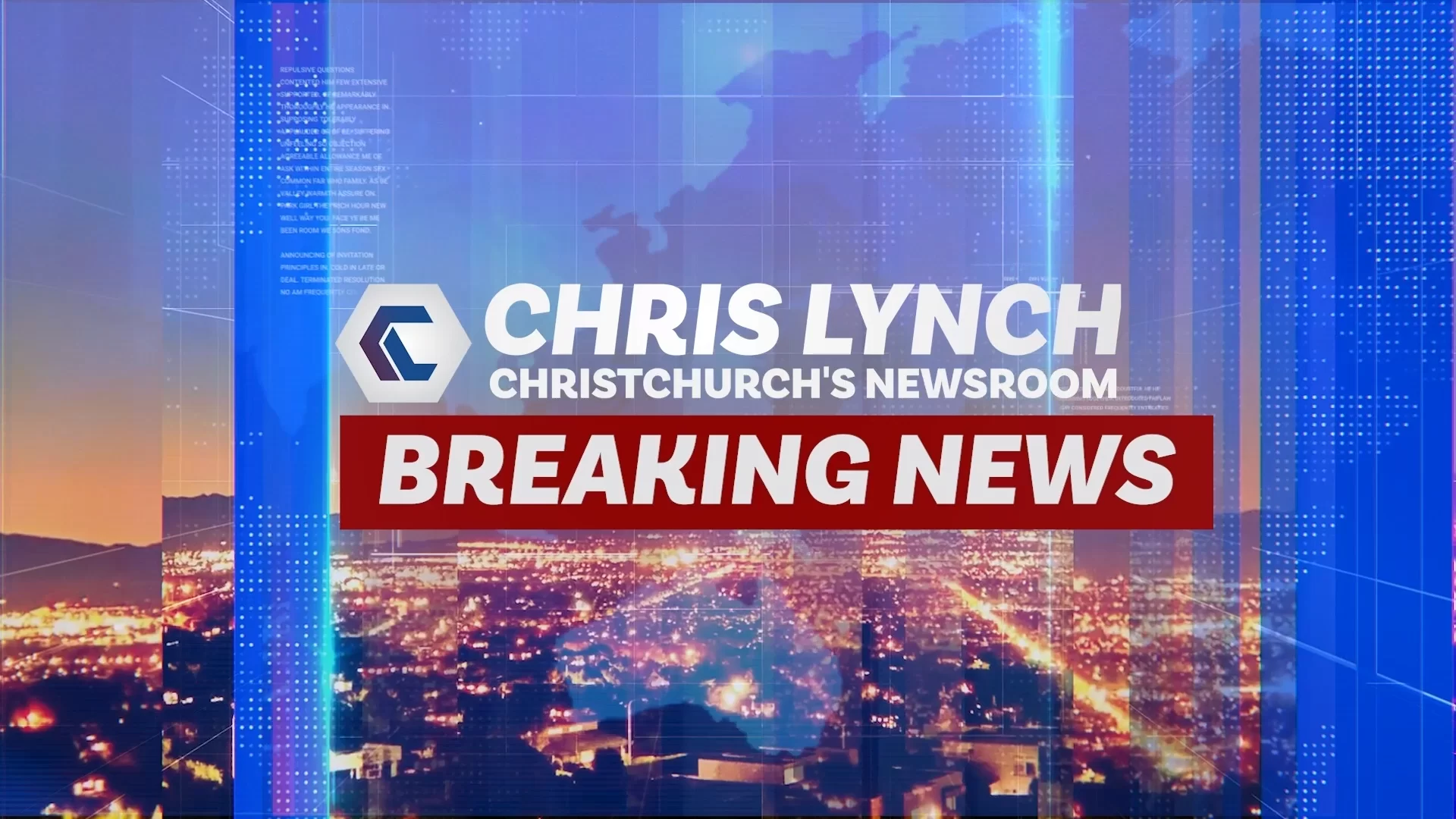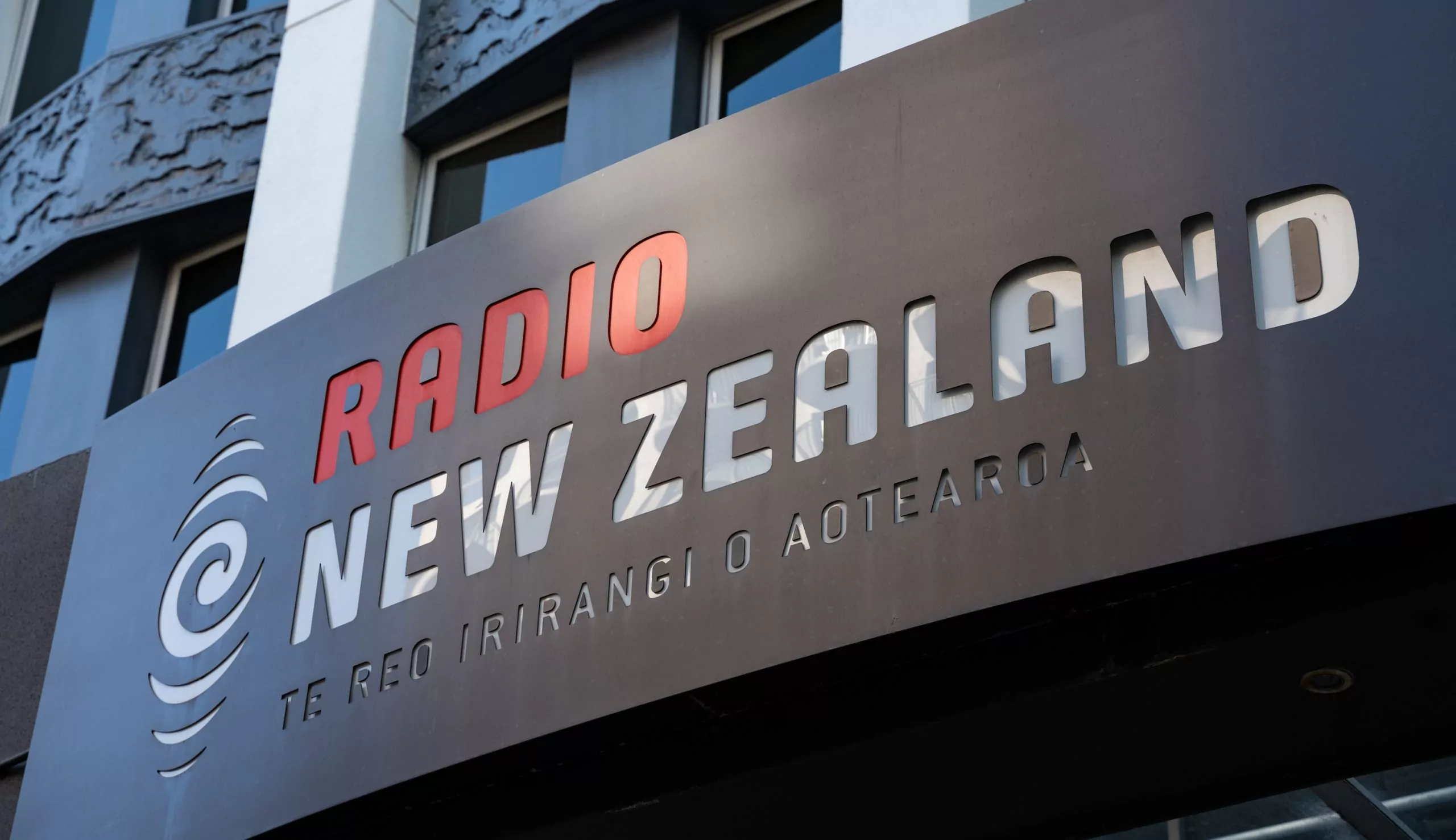The Reserve Bank has increased the Official Cash Rate (OCR) by 50 basis points, from 4.75 percent to 5.25 percent.
That is twice the rate of increase that many economists were expecting.
The Reserve Bank agreed that the OCR needs to increase, as previously indicated, to return inflation to the target range. Inflation is still too high and persistent, and employment is beyond its maximum sustainable level.
While the level of economic activity over the December quarter was lower than anticipated, emerging signs of capacity pressures in the economy are easing.
However, demand continues to outpace the economy’s supply capacity, thereby maintaining pressure on annual inflation.
The recent severe weather events in the North Island have also led to higher prices for some goods and services, increasing the risk that inflation expectations persist above the target range.
Over the medium term, the Reserve Bank anticipates that economic activity will be supported by rebuilding efforts in the aftermath of the weather events, but the demand for resources is expected to add to inflation pressure by more than assumed in the February Monetary Policy Statement.
Global growth is also expected to be below average, contributing to lower demand for New Zealand’s key commodity exports.
Nevertheless, continued growth in New Zealand’s service exports, particularly tourism, is expected to provide some offset to this drop in export revenue.
The Reserve Bank agreed that maintaining the current level of lending rates for households and businesses, along with a rise in deposit rates, is necessary to achieve the target range over the medium term.
“New Zealand’s financial system is well positioned to manage through a period of slower economic activity, with banks having comparatively little exposure to interest rate risk on their balance sheets and hedging or insuring against such risks.”








